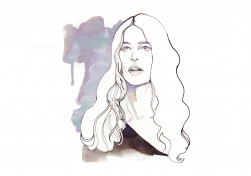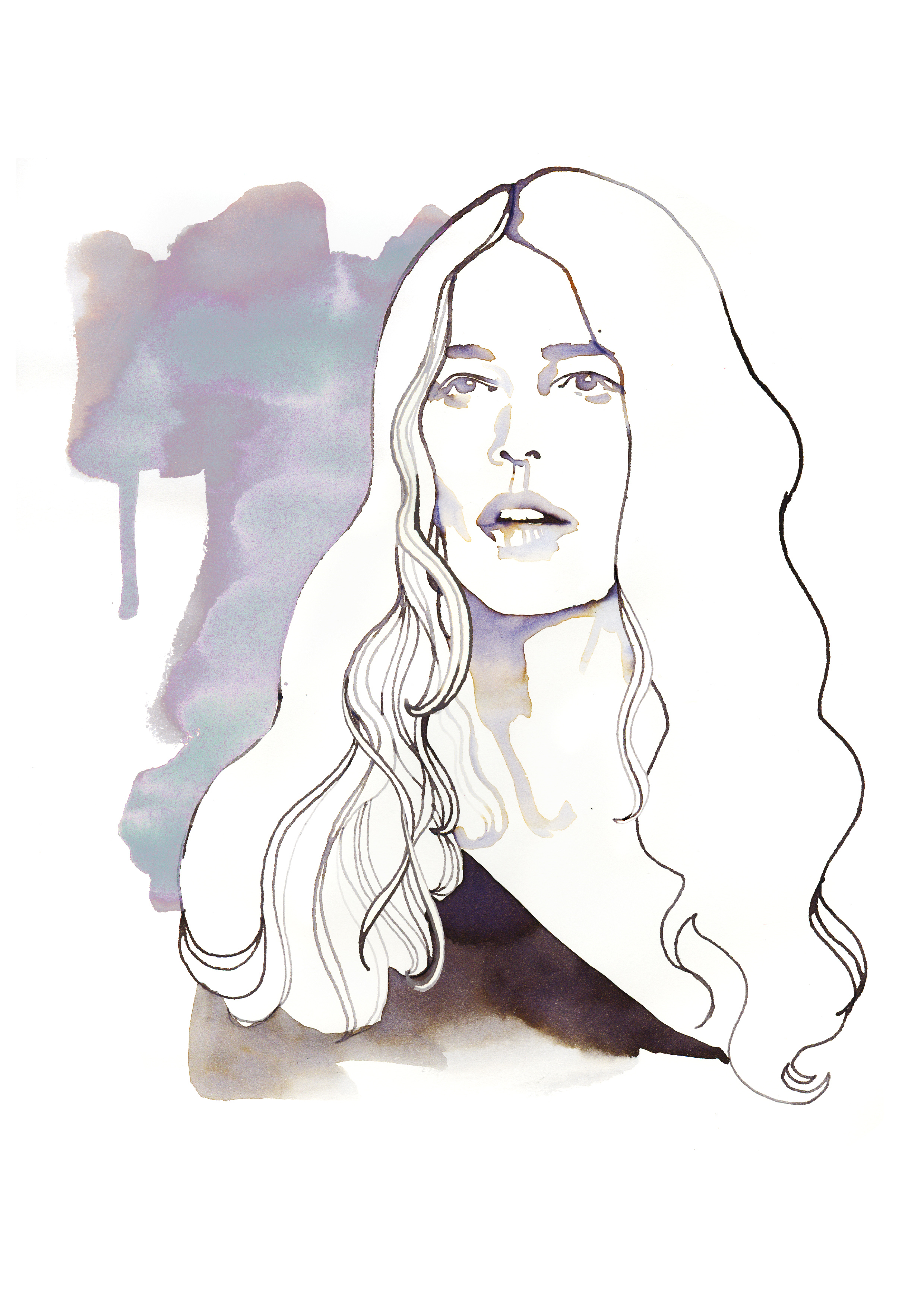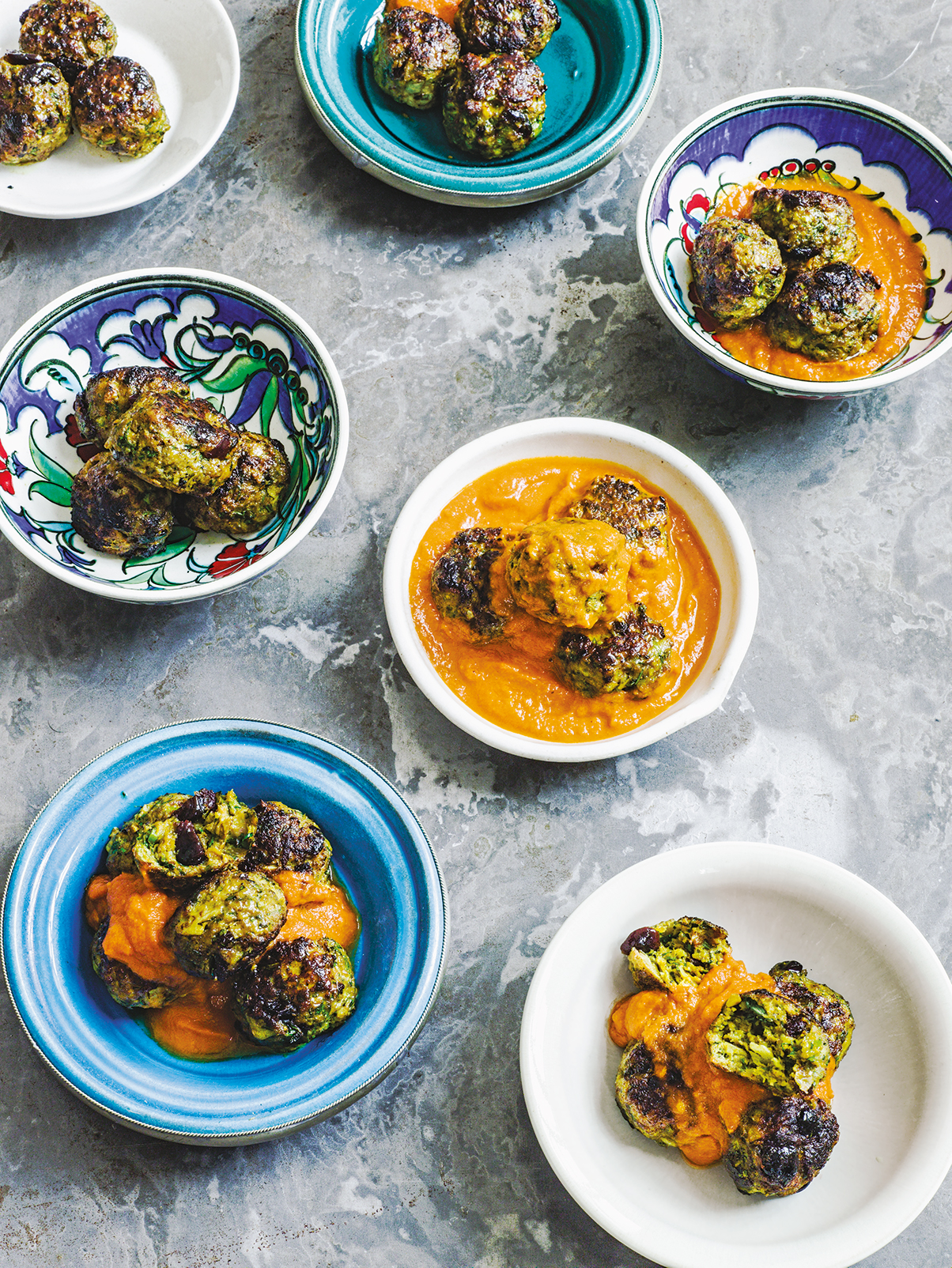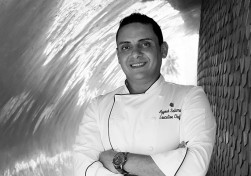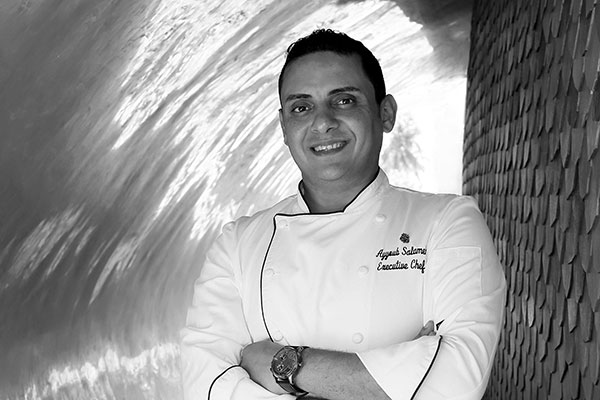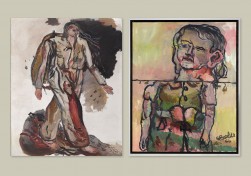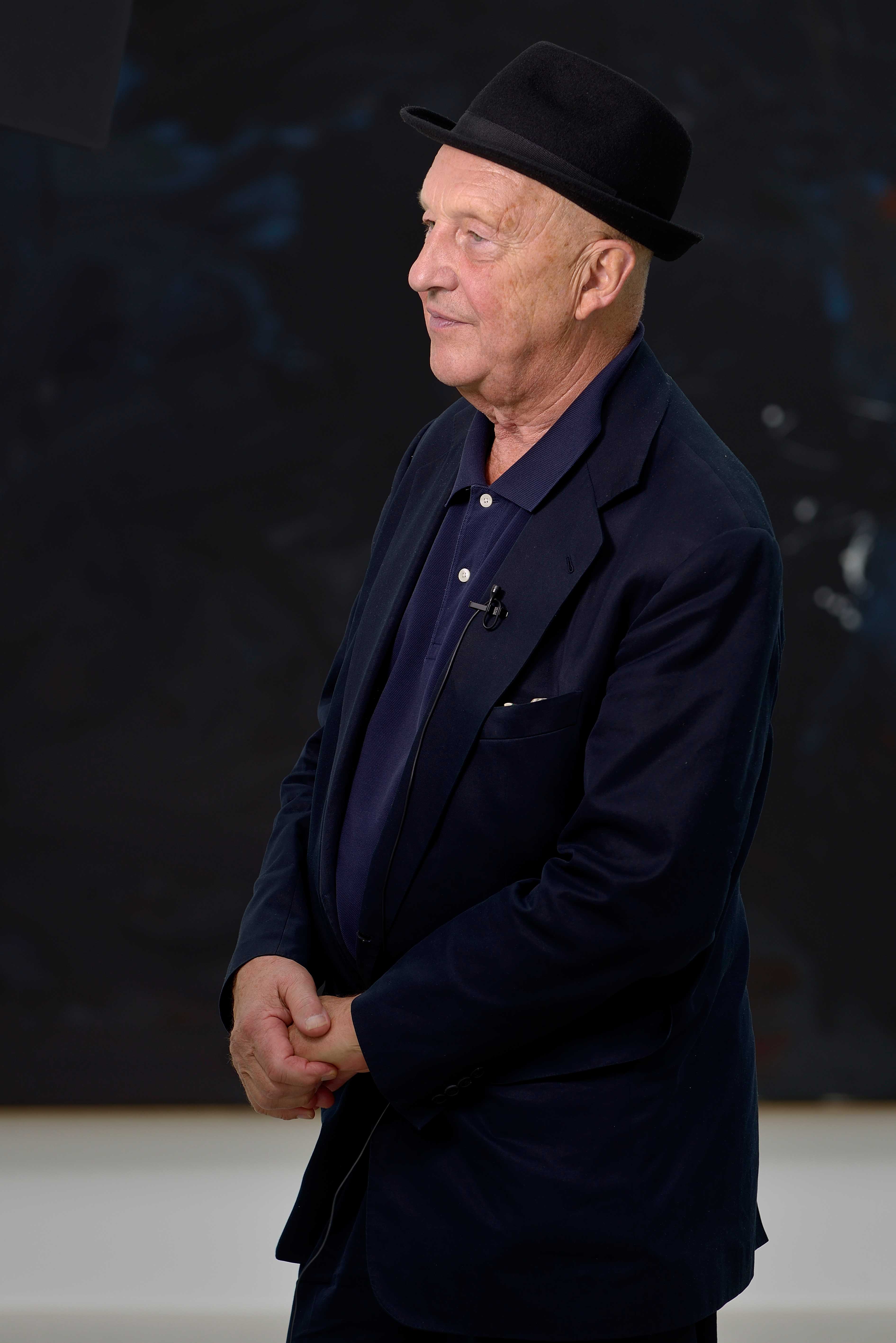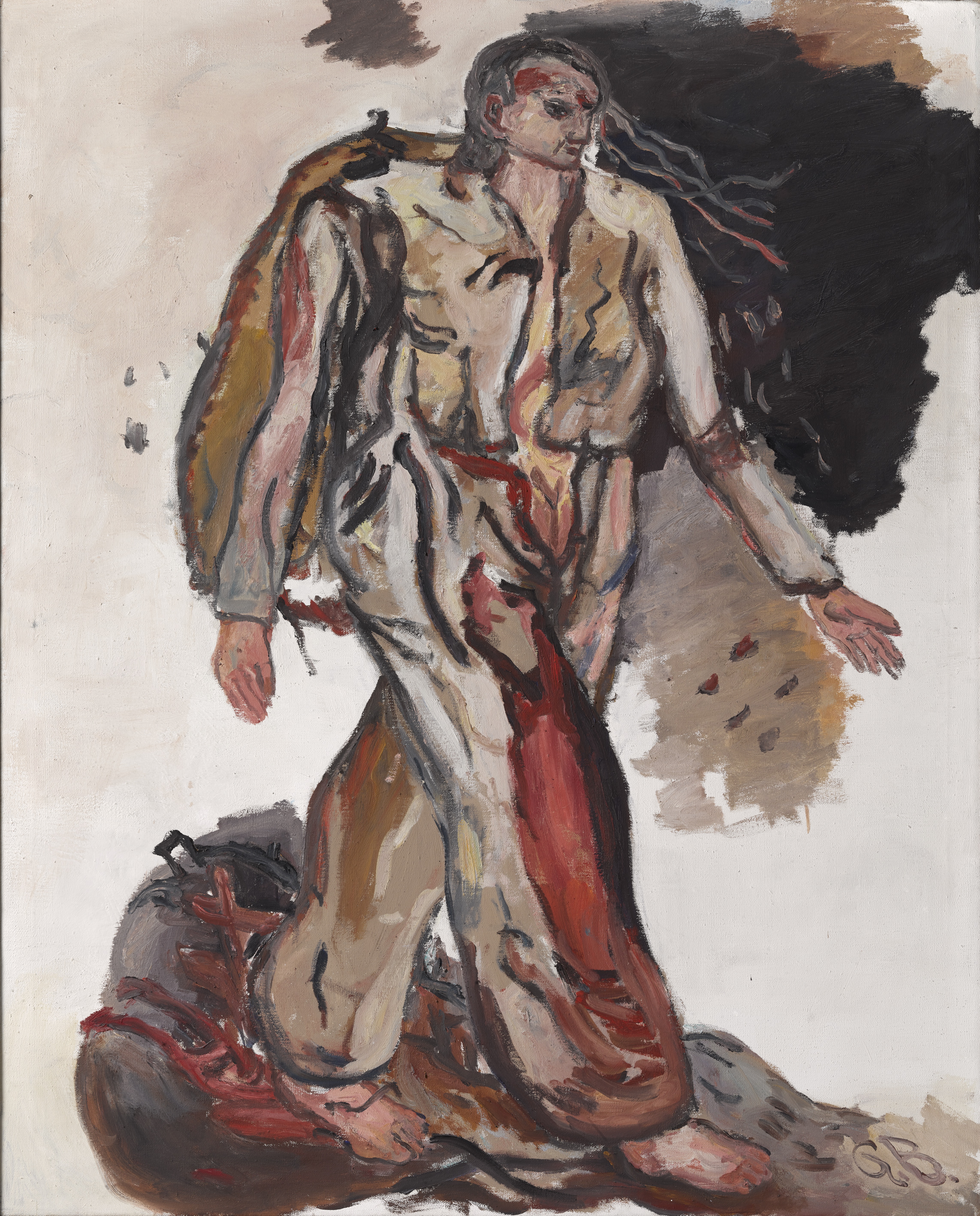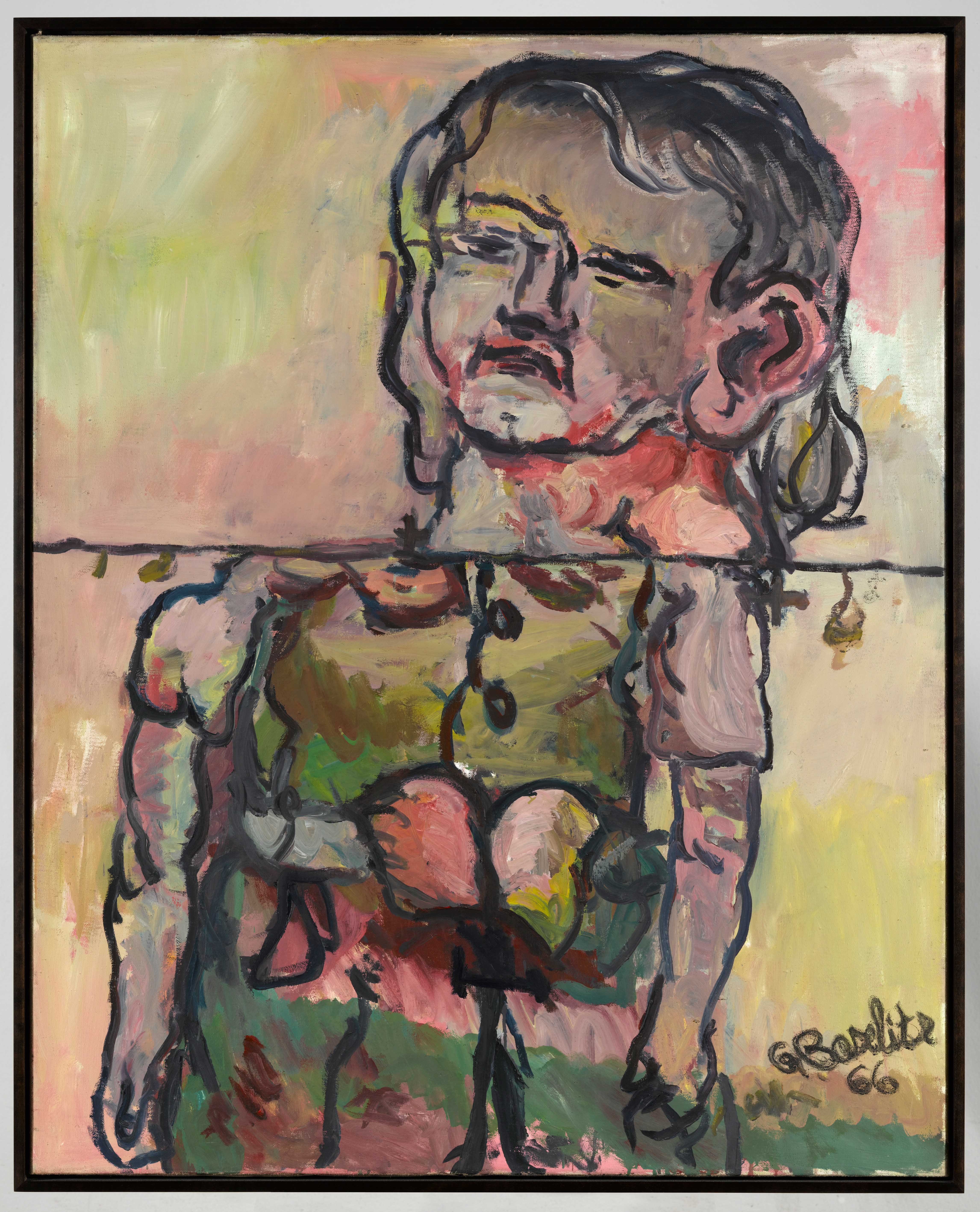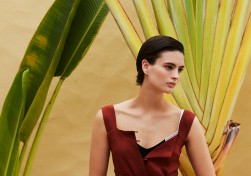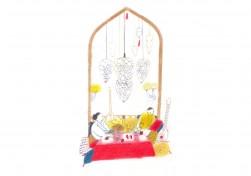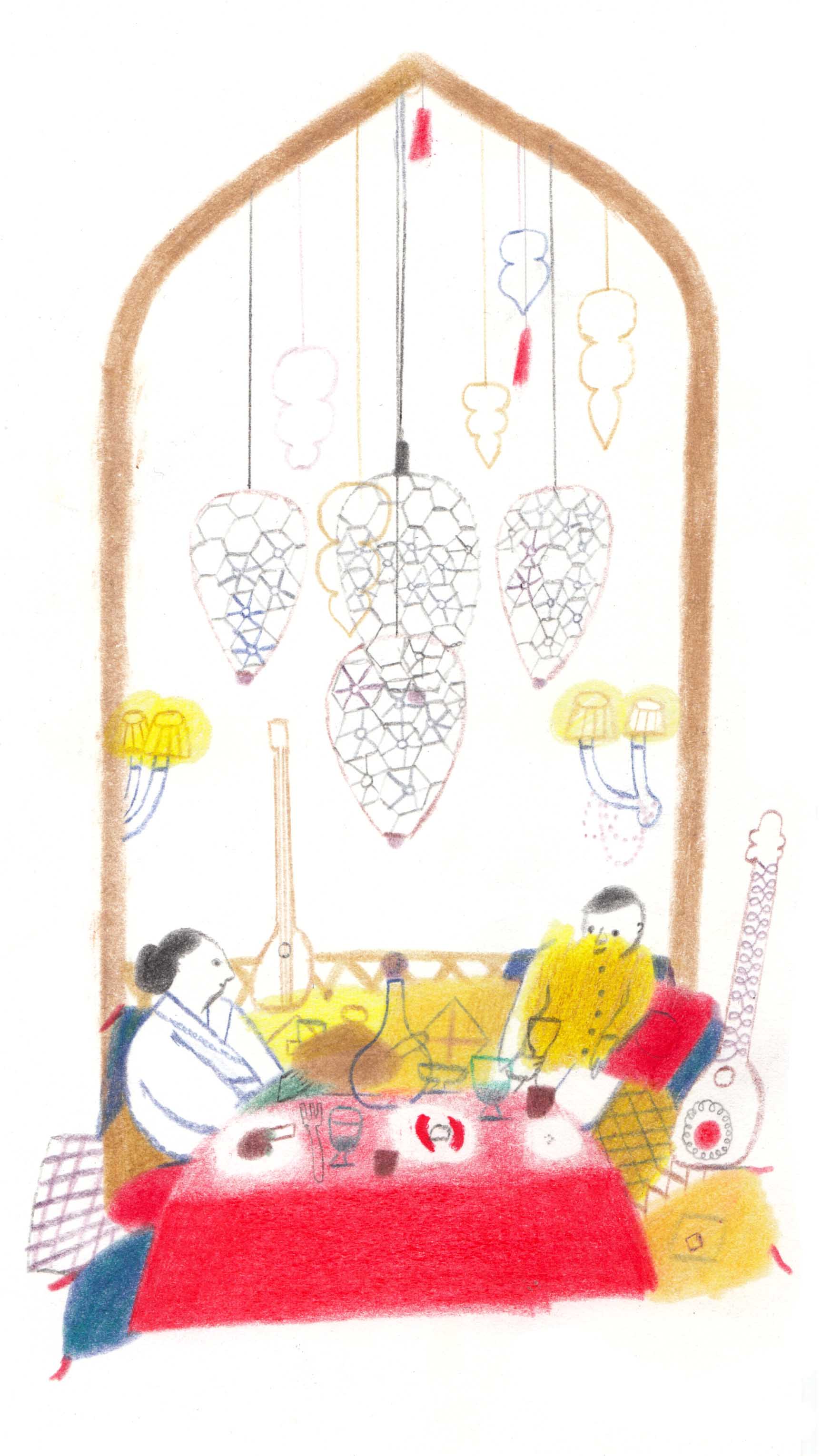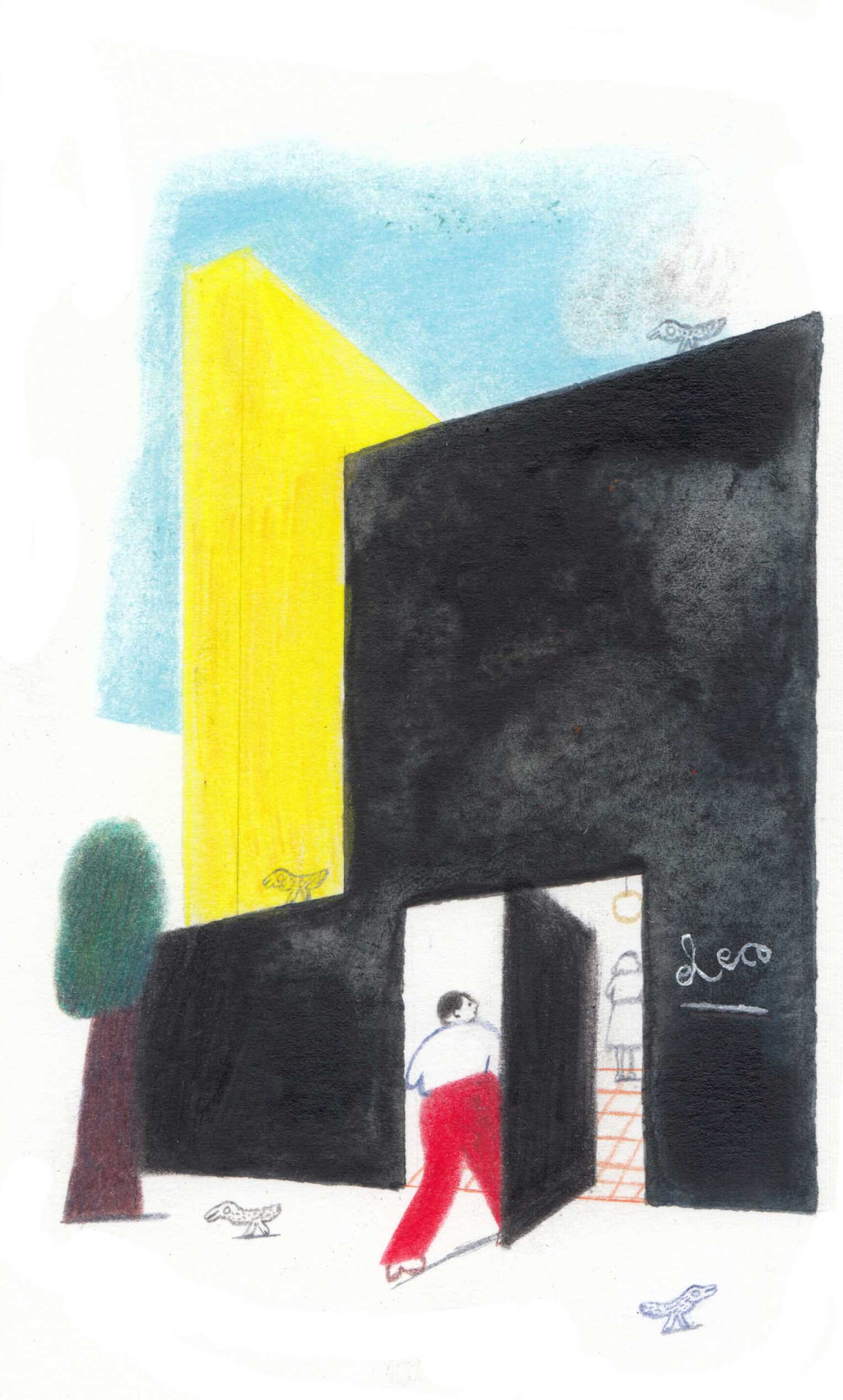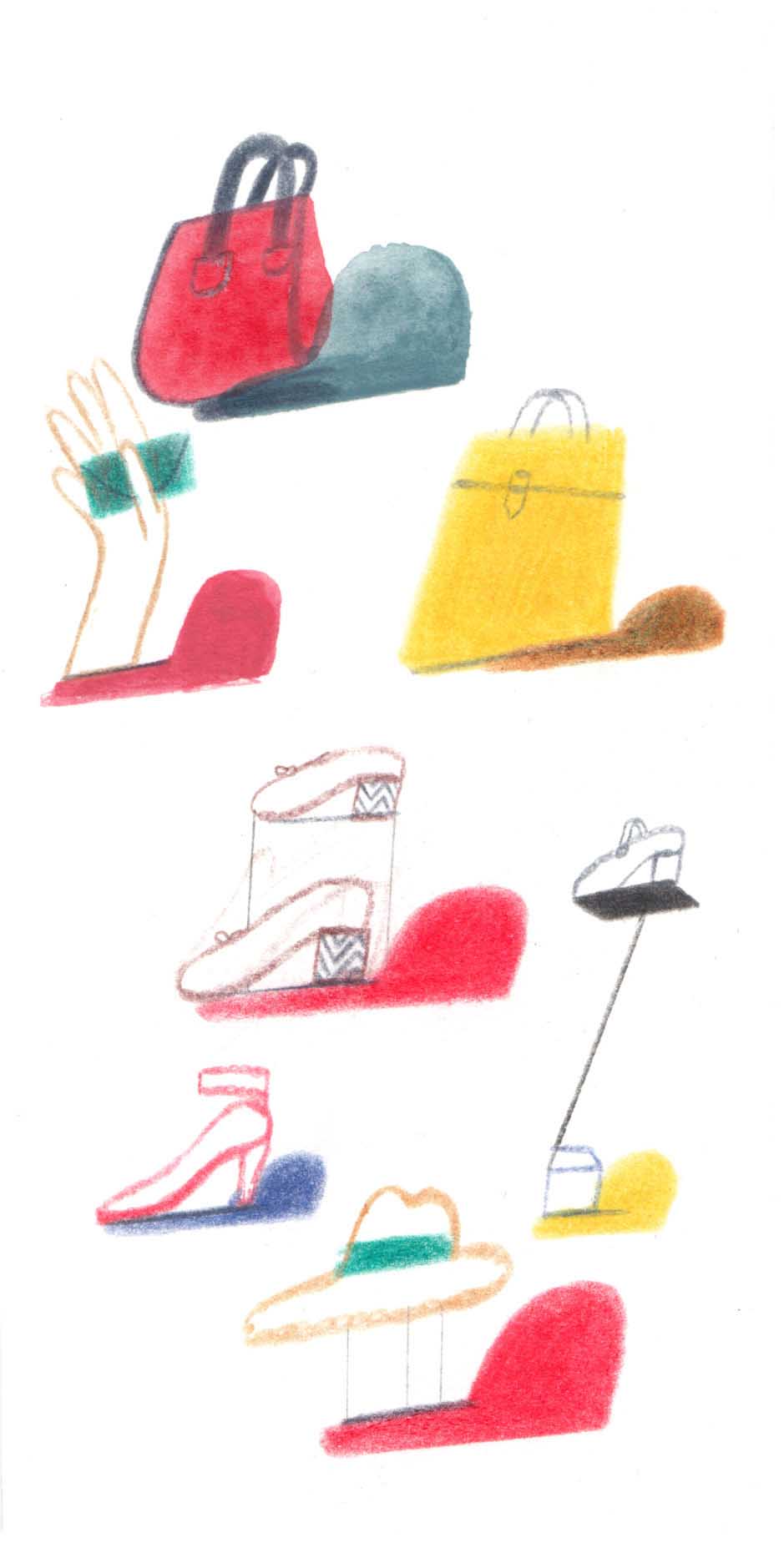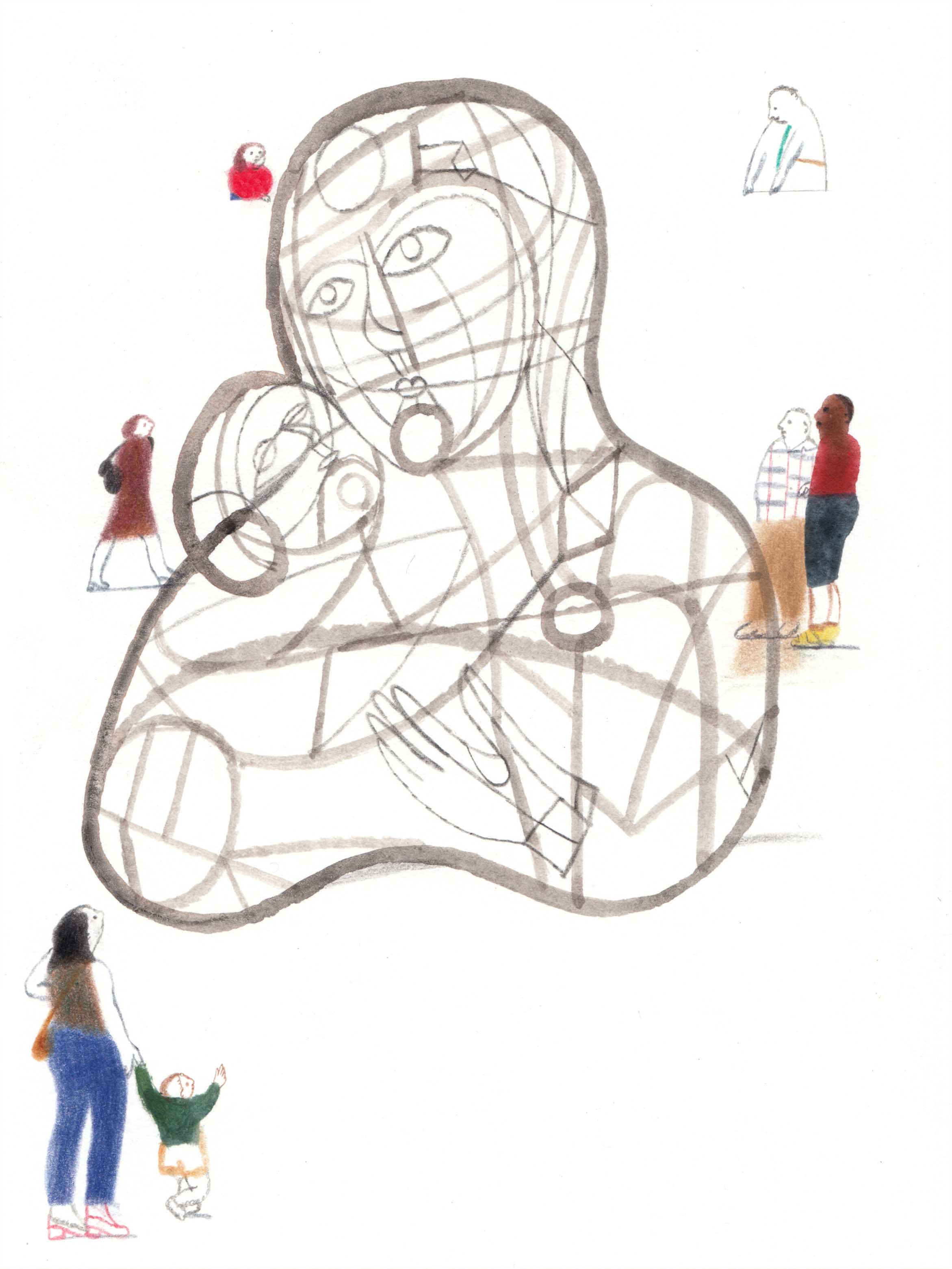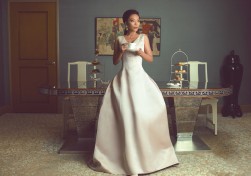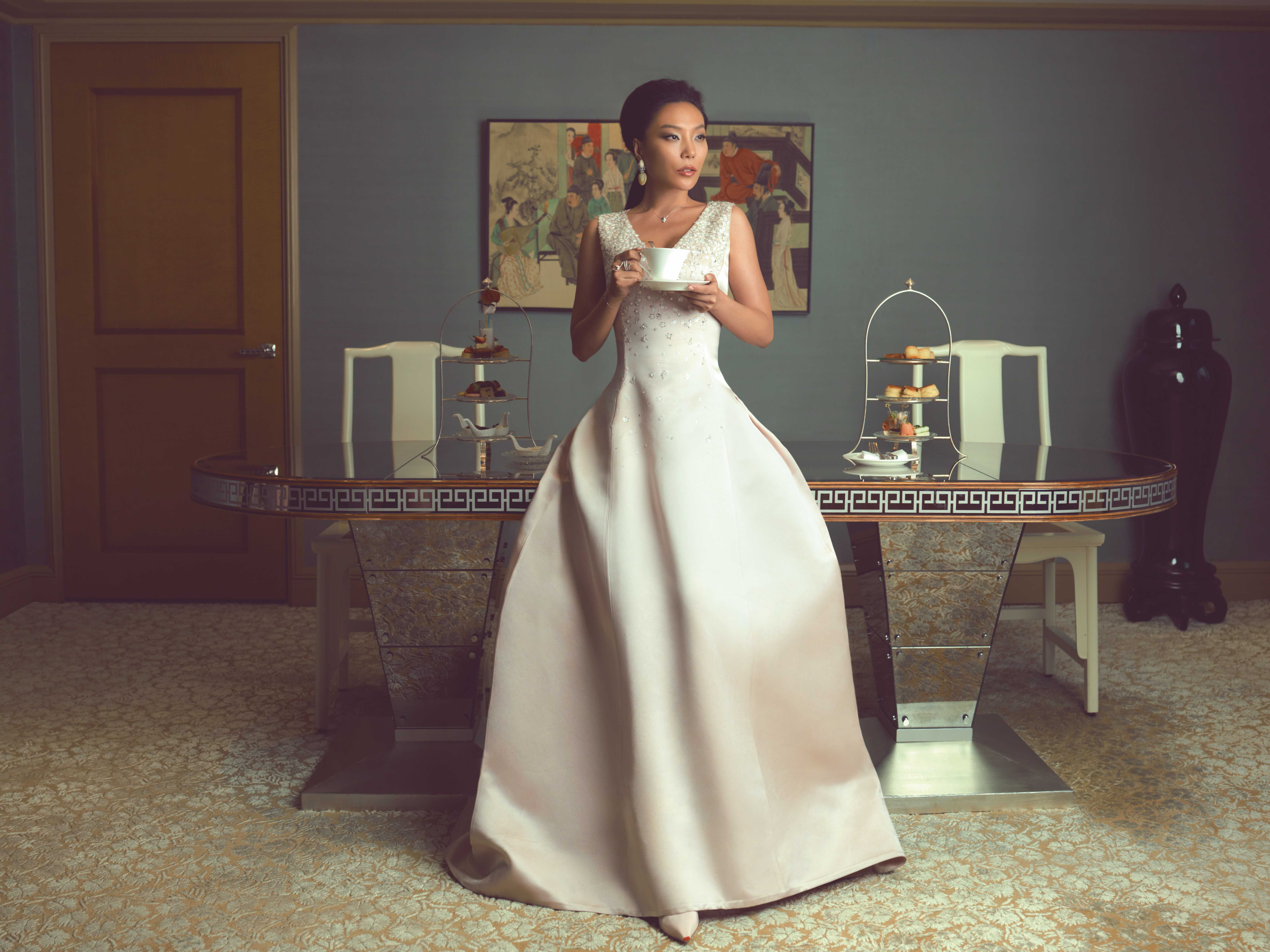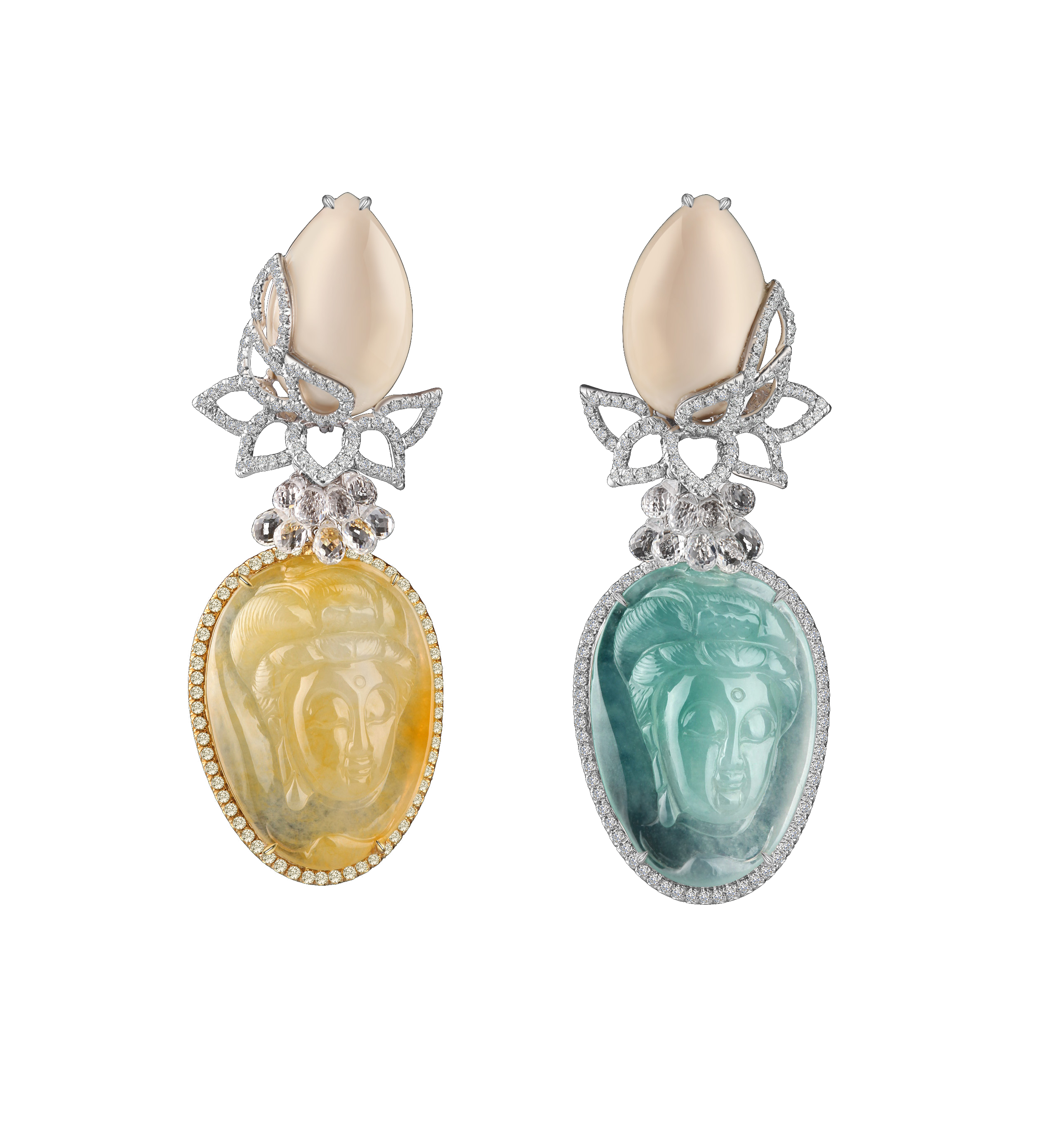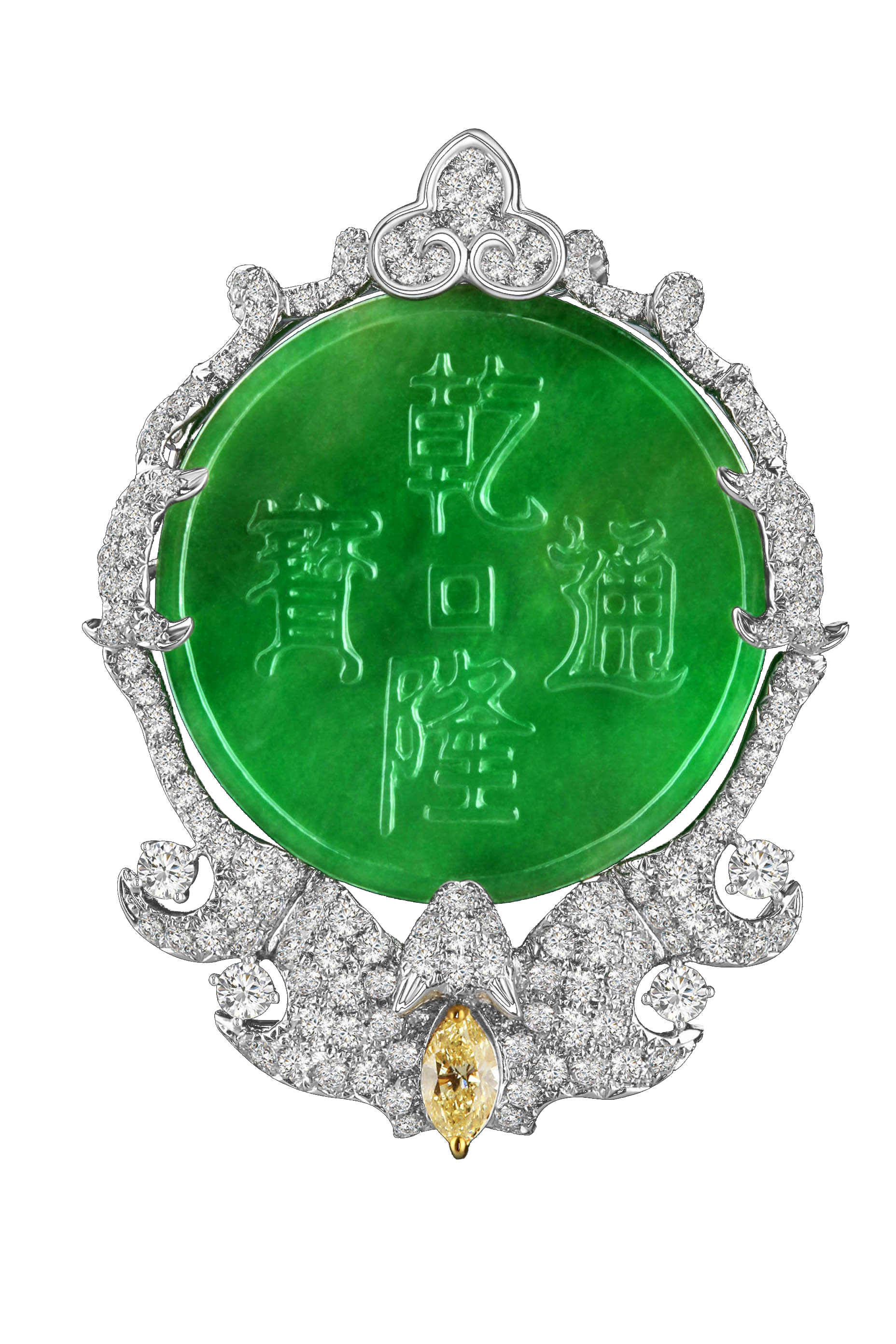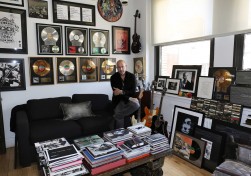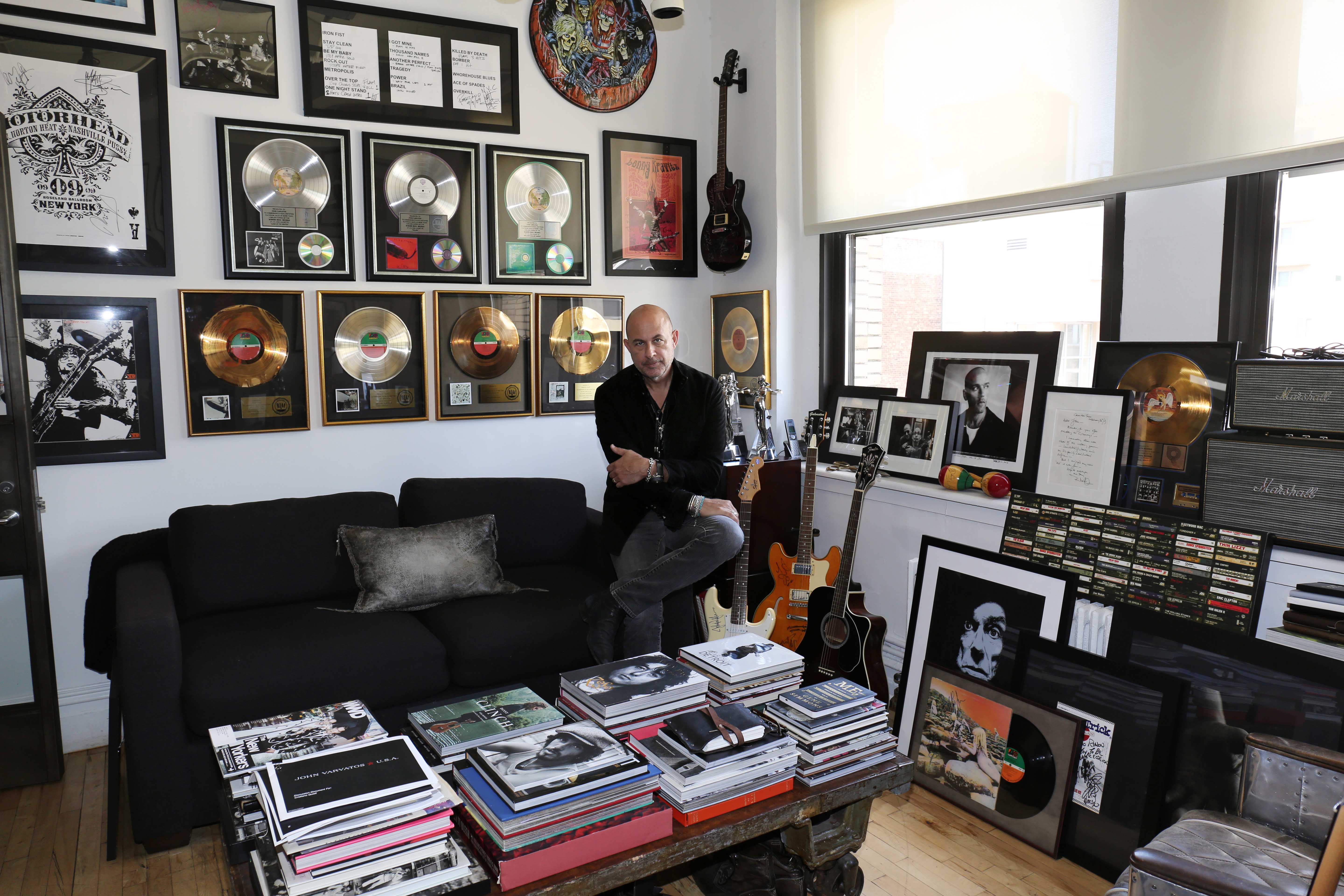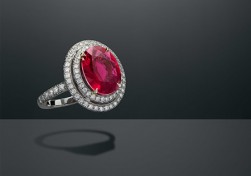Bao Bao Wan is one of China’s most successful jewelers, with her own line of haute joaillerie as well as a more accessible range. Although she is successful in her own right, with collections stocked worldwide in stores such as Harrods in London and Lane Crawford in Hong Kong, the designer and socialite was born into power. Her grandfather was Wan Li, a vice-premier of China in the 1980s and a high-ranking member of the National People’s Congress, and she grew up within the confines of Zhongnanhai, the government compound in the former Imperial Gardens. Today, when Bao Bao (which, very aptly for a jeweler, means “treasure”) isn’t jetting between fashion shows in Paris, where she often takes her front-row place beside fashion giants like Bernard Arnault, and events such as the Met Gala in New York, she lives between Hong Kong, where her business is based, and Beijing. In 2016 she became the first St. Regis Connoisseur in China.
Given that you come from a political family, how did you become a jeweler?
My family were very supportive of whatever I wanted to do, which as a young woman was art and photography. Having studied French literature in Paris, then photography in New York, I went on to study gemology [at the Hong Kong branch of the Gemological Institute of America]. My studies rounded off my education, as I understand historical references as well as aesthetic ones when I’m making jewelry – and my Chinese background gives it soul.
Is there some jewelry that you never take off?
When I was younger, I used to wear small diamond earrings that my mother gave me. I left China at the age of 16 to go to New York and didn’t know anyone, and didn’t speak the language, so it was very difficult and very lonely. Wearing my mother’s earrings reminded me that I belonged somewhere. I stopped wearing them about a year ago, although they are still very precious – as is my mother. She is also creative, and is a great painter and calligrapher, and keeps me grounded. She comes from a very humble family, and reminds me of who I am, who my family are, and my roots, which are very important.
You’ve designed cufflinks for Dior, a car for Mercedes, a make-up line for MAC. Do you regard yourself as a designer or a jeweler?A jeweler, for sure. I love doing collaborations because it’s creative. So I didn’t just choose the color for the lipsticks, but the names. One MAC lipstick, which is a violet color, I called Lavender Jade; another I named Burmese Kiss. Doing projects like that is fun.
How would you describe your own style?
It depends what I’m doing and where I am. If I go to New York now it’s for some red-carpet event, like the Met Gala, so I’ll pack something fabulous. If I’m in London, I’ll go a bit more “elegant lady” and intellectual-looking. In China, with friends and family, I’ll be casual and sporty. In Hong Kong, it’s usually for business, so I’ll have a professional look. And when I go to Australia or Sydney it will be for a holiday, so I’ll take flip flops and shorts.
You once said that, as a girl, you thought of being a bus conductor “because they had extremely beautiful bags”! Do you remember your first handbag?
Yes, it was a Lady Dior, which I still use. I always go for classic bags, rather than the latest fashions. It’s the same with fashion: I still have some old dresses by [Maison] Margiela that I bought when I was studying in Paris. I’ll still take them out to admire them, even if I don’t wear them that often. A lot of great designs today are copies of yesterday’s, which is why I don’t follow trends. You realize after a while that you’ve seen it all before.
Any labels you love more than others?
Clothes made by the Chinese designer, and my friend, Huishan Zhang. He made the last dress I wore to the Met Gala: it was covered in 10,000 Swarovski crystals, and sequins and pearls.
Specific destinations in Beijing that you would recommend?
For fashion, a boutique called Joy, which has a mixture of western designers and local labels. For food, Temple Restaurant [TRB Hutong], which is in an old temple that’s hundreds of years old. And for a drink, the bar at The Georg [the restaurant at the showroom of Danish silversmith Georg Jensen], which is in a house in an old area of Beijing that has a beautiful courtyard, with a pretty fishpond planted with lotus flowers. It’s very soothing.
Do you have a strict beauty regime?
I do a lot of walking and biking and stretching, as well as Pilates, to keep in shape. When it comes to nutrition, I don’t eat many carbs. I like Asian food, which doesn’t have much dairy in it, or potatoes or cheese, so it’s light and healthy. In Beijing, I go jogging and biking quite a lot around the lakes in the royal parks. I don’t know what it is about water – it calms me down and is therapeutic.
You’re often featured on the covers of magazines. Do young women in China still read magazines? Or is technology changing that?
I won’t ever stop reading magazines, and I hope other people don’t either. I really love the feel of print. And I don’t want to have to look at a screen all the time.
Do you travel yourself to find stones for your jewelry?
Always. Stones are my real love. The problem with being a woman jeweler is that you fall in love with the stones and the pieces you make and get emotionally attached to them. I have quite a big collection of stones I can’t bear to let go. I’m very picky about what I buy – about the colors, the shapes, the brilliance – and if something is perfect, it’s pretty hard to sell. I love sapphires, emeralds, rubies, diamonds, but particularly alexandrite. It’s a stone that sometimes looks yellow, and sometimes white, depending on the light. It reflects different rays in different ways, which is so beautiful.
You’ve said: “I don’t want to put on jewelry so people just look at that – it has to be part of my life”. Could you explain what kind of jewelry you like now?
There are two types: red-carpet pieces, and effortless pieces that you can wear in the shower, to sleep in, when you’re jogging. A lot of actresses wear my jewelry whether they’re on the red carpet or working out. Our famous Chinese tennis player, Li Na [who won both the French Open and the Australian Open] was wearing my Gardens of Victory necklace when she won her biggest tournament.
Do you still get a thrill from fashion shows?
I prefer going to gemstone shows in places like Hong Kong and Basel and Thailand and Paris, and traveling to different countries to buy stones: Sri Lanka for sapphires or Burma for rubies. Some places are safer than others.
Do you like watches?
I’m not really into the mechanics of them. I wear a watch like I wear jewelry: for aesthetic reasons. All the ones I own are extravagant: for instance, one from Bulgari called the Serpenti 7 Coils, which looks like a long snake, and another from Chopard that’s set with emeralds. That’s unique: it’s the only one in the world, so it’s pretty precious.
Do you ever use a personal shopper or stylists?
No. I know exactly what I want, so I don’t need help. Although I don’t like shopping, so a personal shopper might save me time, so I could put more of myself into my work and my passions.
Many of the international brands today now have their bags and shoes and clothes made in China. Do you think the label “Made in China” no longer has connotations of being cheap?
For sure. If you look at labels like Huishan Zhang; his clothes are sold around the world alongside greats like Alaïa. My jewelry is sold at Harrods alongside Dior. So it’s changing quickly.
Tell me about the piece of jewelry you made for St. Regis.
The pin that I designed for butlers to wear on their lapel was inspired by the St. Regis hotel in New York. To me, it’s a very special place, not only because it’s unique and filled with American history but because it’s glamorous – even the cashier’s desk is beautiful. The swirl of gold on the edges of the pins reminded me of the gold you see on the elaborate door handles and on the arms of the chandeliers in the hotel; and the pearly white interior reminds me of the softness of the carpets and towels, which I love whenever I stay there.
Your address: The St. Regis Beijing
